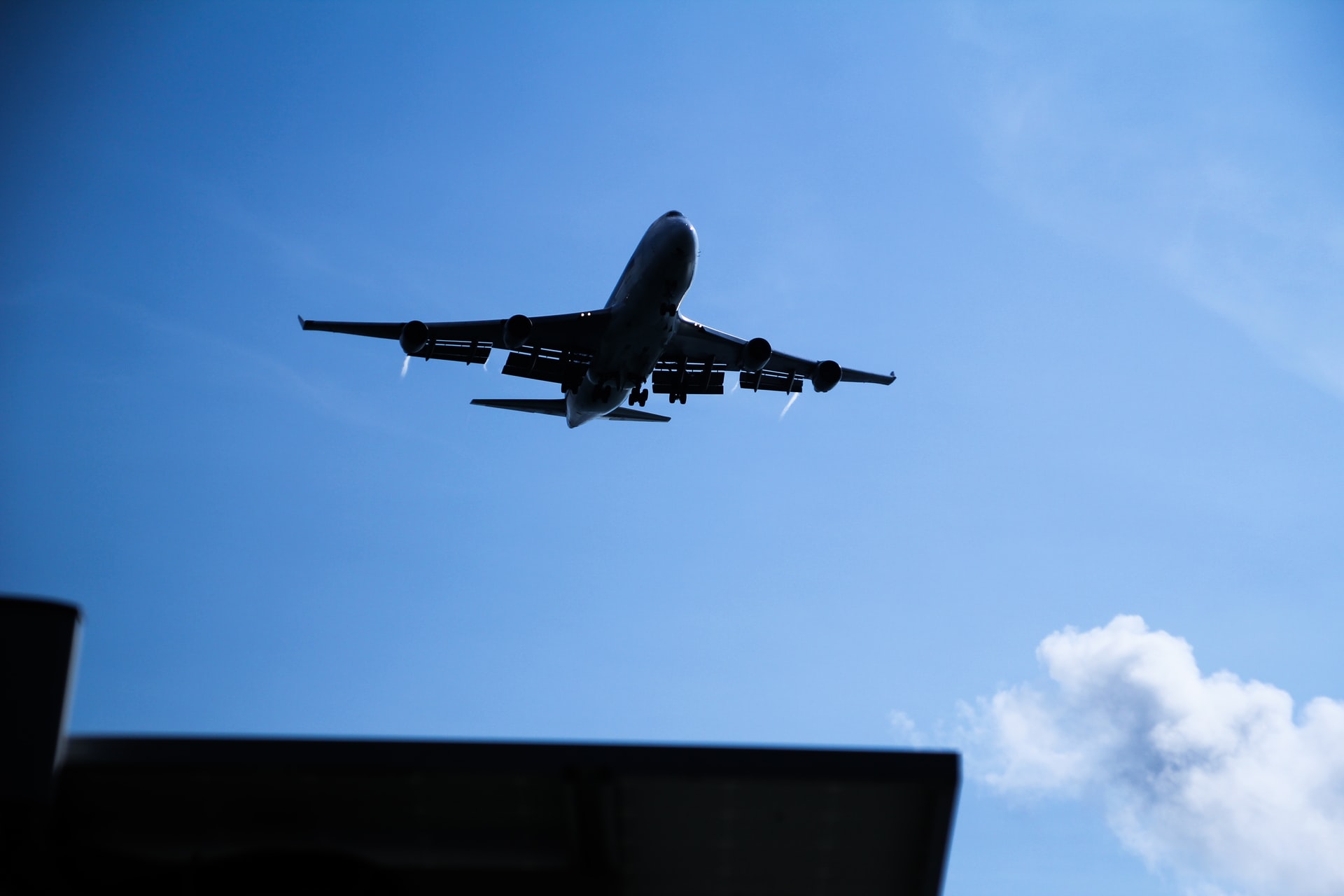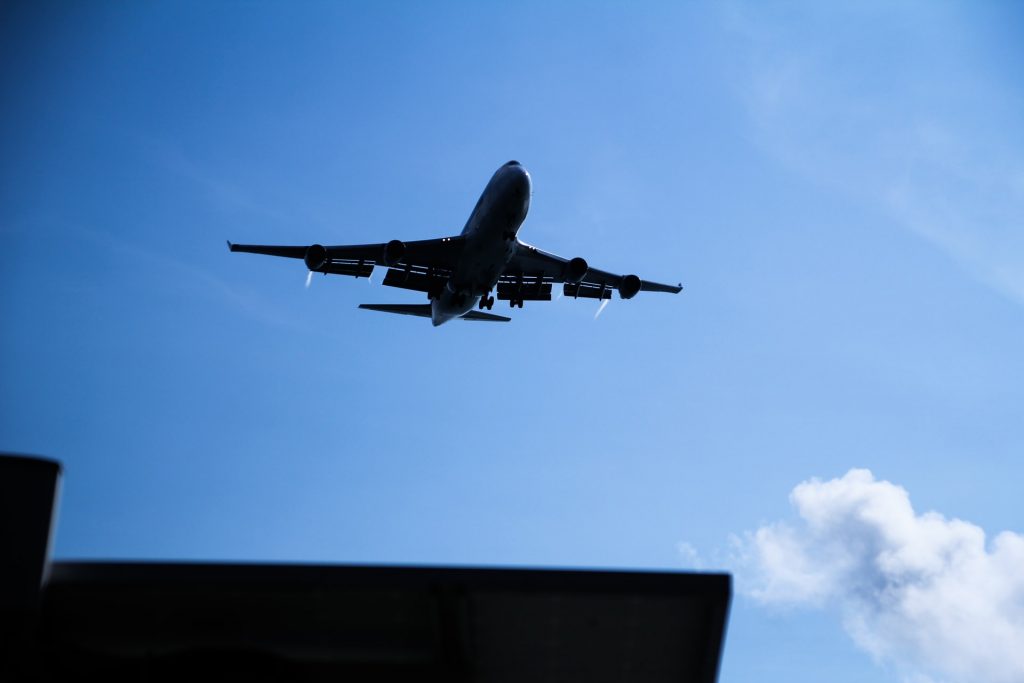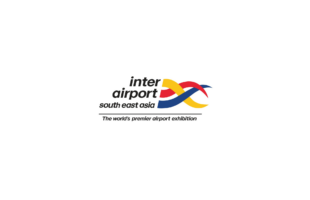
T.H. Chia on Unsplash

Despite sustained recovery in passenger demand for carriers in Asia Pacific, international air cargo markets stayed under pressure, no thanks to weakened global trade activity, as cargo demand slid 0.6 percent year on year in July, according to the latest traffic figures, from the Association of Asia Pacific Airlines (AAPA).
This marks the 17th consecutive month of year-on-year decline for airlines in Asia Pacific who have added more passenger flights given the steady resumption of travel within the region and internationally.
The ongoing restoration of flights led to an increase in belly-hold cargo space, contributing to 8.4 percent more in offered freight capacity. With more space but softer demand, average international freight load factors fell 5.5 percentage points to 60.9 percent for the month.
Subhas Menon, AAPA Director General, attributed the decline to a distinct shift in exports from goods to services: “Amidst a weakness in demand for both consumer and intermediate goods, Asian airlines experienced an 8.4% drop in international air cargo demand during the first seven months of the year.”
Carriers in Asia Pacific saw 27.2 million international passengers in July, up 146.6 percent compared to the same month last year, with the gradual relaxation of travel restrictions by China contributing to the growth in demand.
Looking ahead, Mr. Menon said, “In the passenger business segment, demand is expected to remain strong, underpinning further growth in passenger traffic. Nevertheless, uncertainties in the wider macroeconomic environment, in addition to increased living costs, may eventually lead to cutbacks in spending on travel. The outlook for Asian airlines remains positive, as carriers continue to grow networks to meet travel demand and return gradually to profitability, whilst maintaining their dedication to safety and sustainability.”








